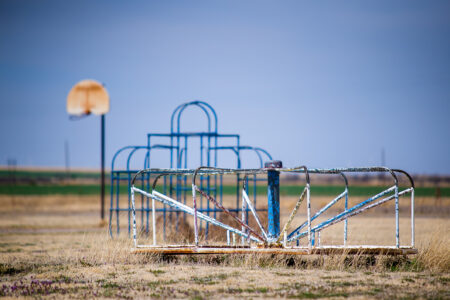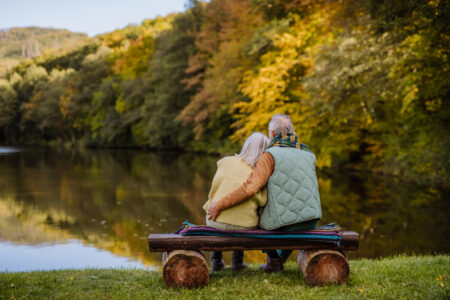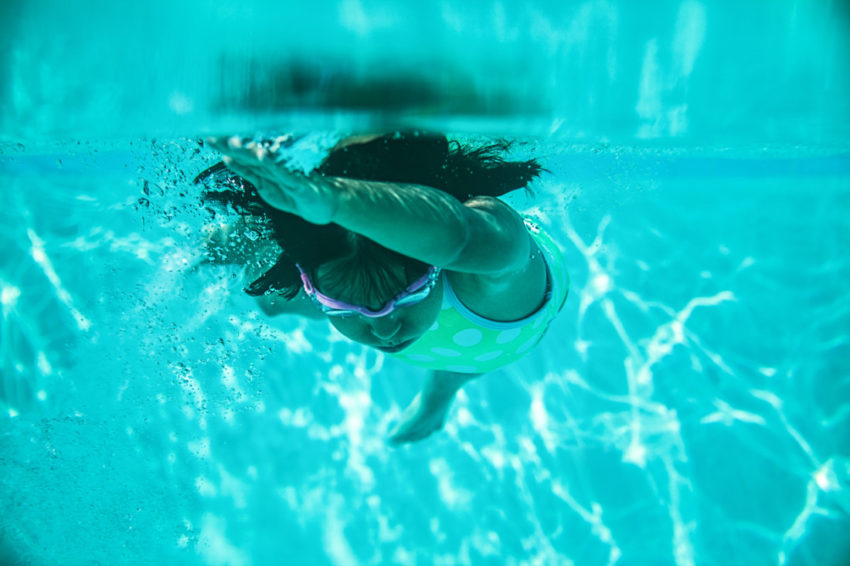
Share On Social!
Swimming may be the perfect physical activity to help Latino kids achieve good health.
But city governments often make the “painful choice to shut their pools to save the budget,” according to a New York Times story a few years ago.
Pool closures can especially hurt low-income and Latino and racial/ethnic communities where the local pool may be the only luxury.
What can community residents do to save pools?
We at Salud America! are happy to spotlight two communities who stepped up in unique ways when their local pools faced being cemented in!
Hannah Lieder: Saving a Public Pool in the Heart of Minneapolis
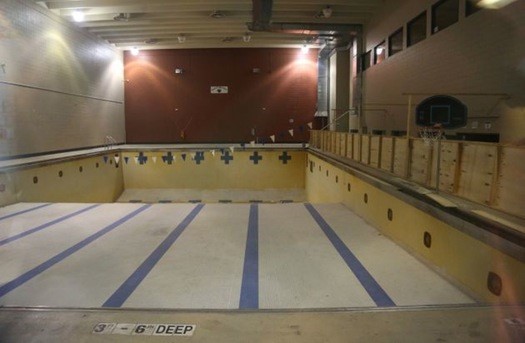
Phillips Pool had been open for 22 years in the heart of urban Minneapolis, Minn., when it shut down for renovations in 2009.
Renovation plans turned into demolition plans given the poor state of the facilities and the high costs of pool maintenance. The city wanted to use the land for a park.
That meant Minneapolis was down to three public pools—all in wealthy parts of town.
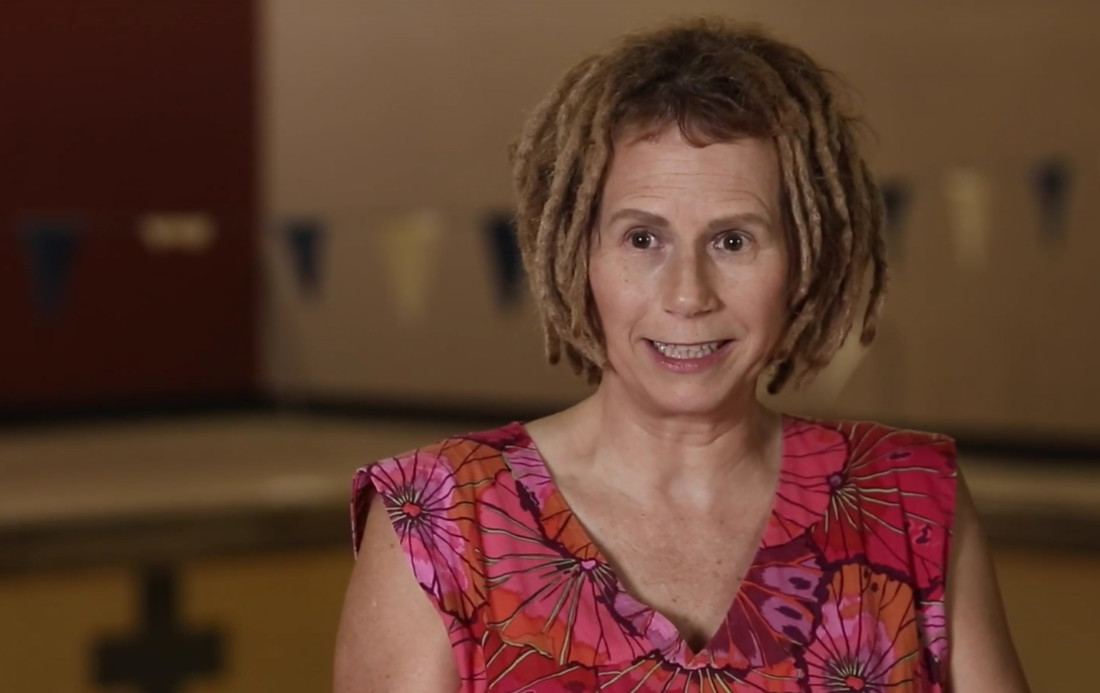
That sparked resident Hannah Lieder into action.
“I had no idea how few pools there were in the city as a whole and how little access children had to learn to swim, especially impoverished and minority children,” Lieder said.
Lieder utilized her Minneapolis Swims program, which helped local kids access swimming pools in surrounding areas, to advocate to save Phillips Pool.
She spurred local residents to stand up for the pool.
The city postponed pool demolition.
Lieder also bought two years of time to come up with a plan for the repair, renovation, operation, and maintenance of the Phillips Pool.
She and her group started fundraising. They pushed the idea of “swim equity” to families, schools, neighborhood associations, businesses, and local leaders and elected officials in the school, city, county, and state. Youth and swims teams even went to the state capitol with “save the pool” cards.
State Rep. Karen Clark helped push for money for Phillips Pool as a capital improvement project in the 2011 bonding bill. But the bill failed.
Lieder went back to the drawing board.
After petitioning Gov. Mark Dayton, in 2012 he approved $1.75 million in funding to renovate Phillips Pool through state bonding. It required a local money match and a 20-year operation and maintenance commitment.
Lieder and others, like Denny Bennett, pushed the city to match, sought partnership from the local school district, and continued fundraising.

By April 2015, Minneapolis Swims had raised $2.83 million.
That year, city and school officials OK’d resolutions to renovate the six-lane Phillips Pool, and also make it a full aquatic center with a teaching pool.
A groundbreaking for the Phillips Community Aquatics Center occurred in March 2017.
The facility will open in early 2018.
“It just opens up so many more outdoor recreational activities that I think will promote a more healthy, active lifestyle,” Lieder said.
Facebook Helps Save a City Pool in Loretto, Tenn.
In 2011, the one public pool in Loretto, Tenn. (2% Latino), closed due to many safety concerns.
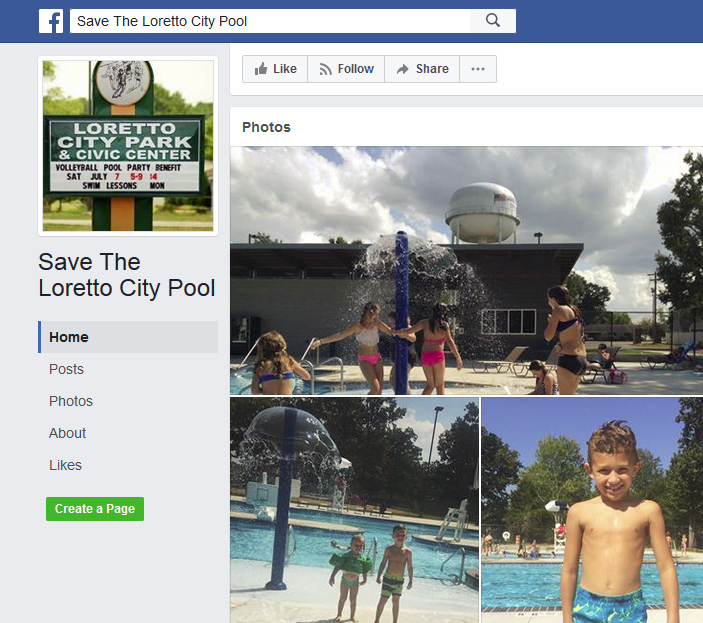 But residents started a “Save the Loretto City Pool” Facebook page to push for a new pool.
But residents started a “Save the Loretto City Pool” Facebook page to push for a new pool.
The Facebook page kept residents informed of city meetings and project updates, and encouraged each other to attend public meetings.
The city’s park department also asked residents to identify top park priorities.
Residents named an outdoor pool as priority No. 1, trails No. 2, and an indoor pool and splash pad tied for No. 3.
Resident involvement and input persuaded the city to explore ways to pay for a new pool.
The city found a grant needing a local match of 50 percent. The community raised $525,000, including more than $100,000 from the state.
On August 27, 2016, the city opened a new 4,200-square-foot, handicapped-accessible, energy-efficient pool and splash pad.
“The pool will be an important step in providing our citizens the kind of quality of life they deserve, while at the same time giving outsiders a reason to want to move to our community,” Lawrence County Commission member Chris Jackson told timesdaily.com. “This is a win-win for our community and something that will make us more attractive in the years to come.”
By The Numbers
33
percent
of Latinos live within walking distance (<1 mile) of a park


